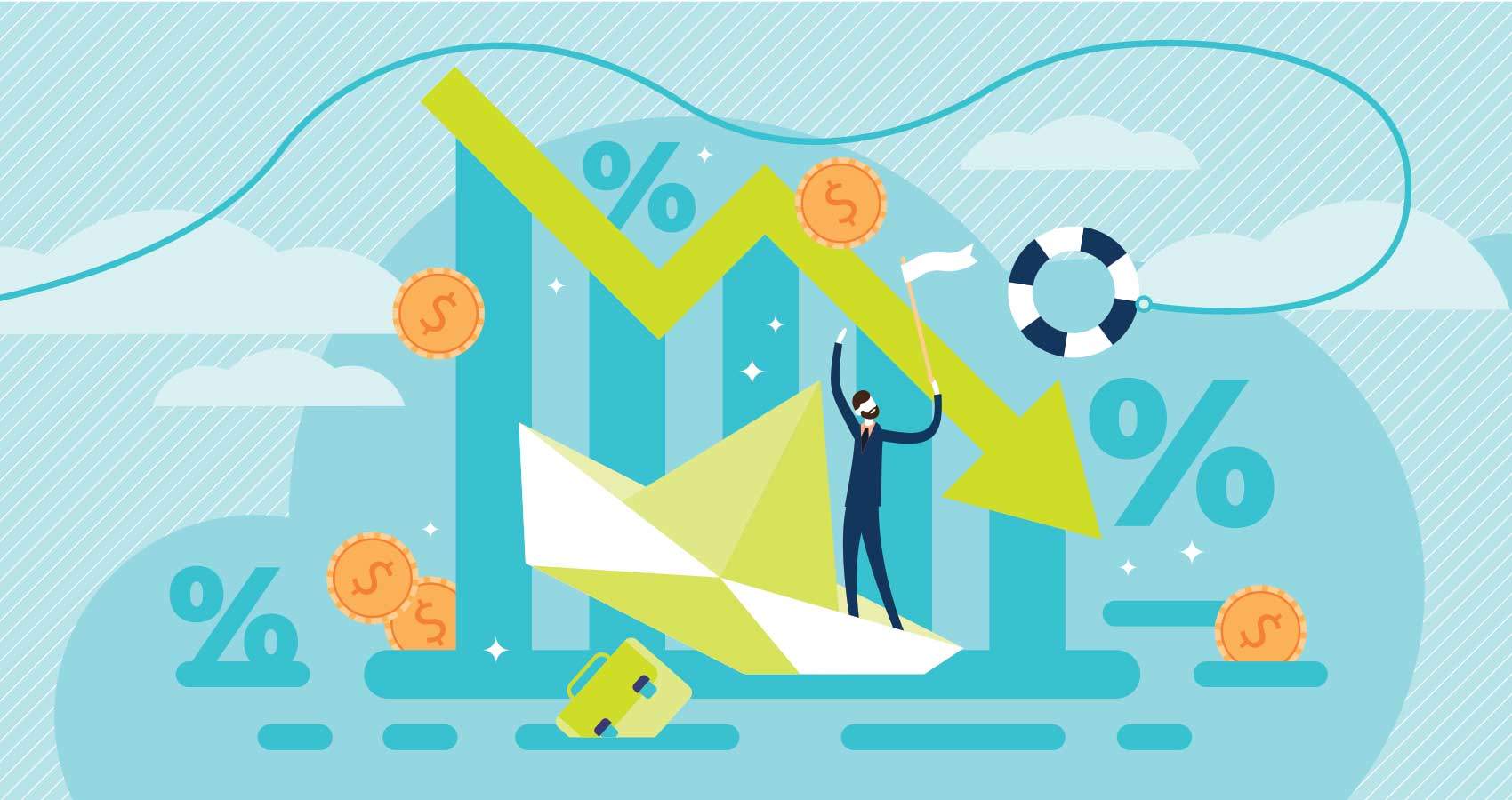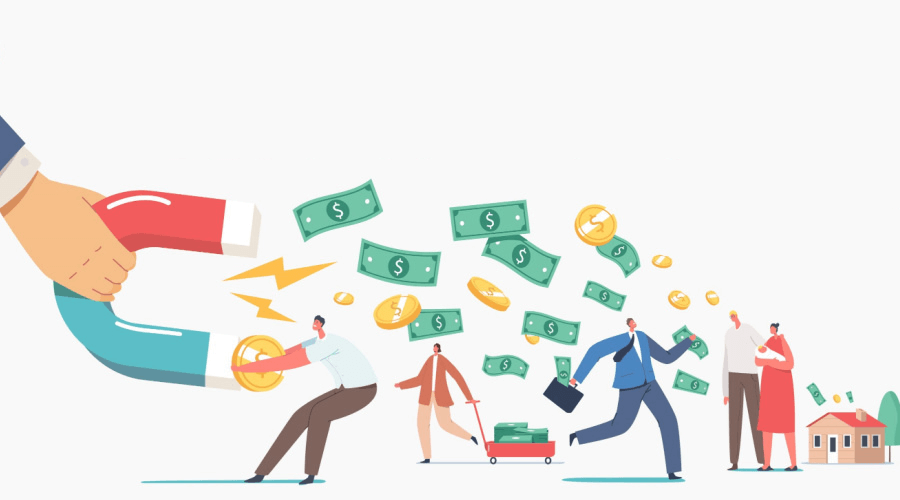When debt obligations become too much for a person to handle alone, bankruptcy may seem like a viable option, but what is it like to go bankrupt? According to the Bankruptcy Act, going bankrupt means that an individual can no longer repay his or her creditors and therefore, assets as well as control of finances are given up in order to satisfy unpaid debts.
The bankruptcy process is completed either through an individual contractual agreement or an order from the court. It ultimately protects the individual who is going bankrupt from future legal action from creditors listed within the agreement or court order. Although it may seem like an attractive option for those who have found themselves in a financial bind, going bankrupt has devastating implications – most notably, the loss of assets.
Assets That Can Be Sold If You Go Bankupt:
Even though those filing bankruptcy can keep some of their personal items, the trustee appointed to manage the repayment process to creditors can sell or take back the following items:
The Family Home
Either the trustee or the mortgage holder can sell the individual’s home, forcing the individual to move out of their home, sometimes without much notice.
The Car
If the equity in the individual’s vehicle exceeds $7,500, the trustee can choose to sell it to cover debt obligations, or the creditor that holds the lien on the vehicle can take possession of it if payments are not maintained.

Financial Institution Accounts
A bank or credit union has the right to keep the funds in the bankrupt individual’s account if money is owed to that institution, and the trustee will take over the remaining funds.
Portion of Income
The Bankruptcy Act also allows for a portion of the bankrupt individual’s income to be paid directly to the trustee if that income meets a certain threshold; however, low-income earners are not required to make contributions to the trustee but have the opportunity to make voluntary payments.
Lottery Winnings, Business Premises And Leases
Each of these payments become the trustee’s property and will be sold to satisfy creditors.
An individual going bankrupt may be able to keep items that have sentimental worth, but these are evaluated on a case by case basis by the creditors owed. Also, full disclosure of all payments or assets acquired during the bankruptcy period must be made to the trustee, within 14 days of receipt.
The Decision To Go Bankrupt
Bankruptcy may seem like an easy solution for some individuals, but the major loss of personal assets can be a devastating ordeal. If you are considering going bankrupt, understanding your alternatives may save you from the painful process of giving up financial control and your assets and personal items that hold sentimental value to you.







